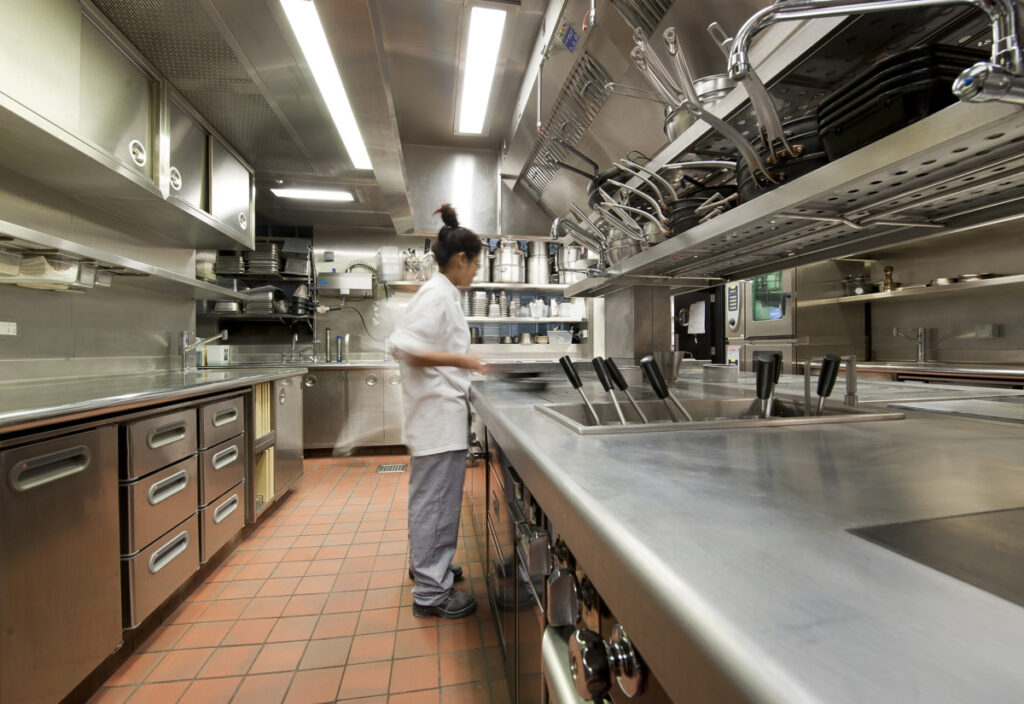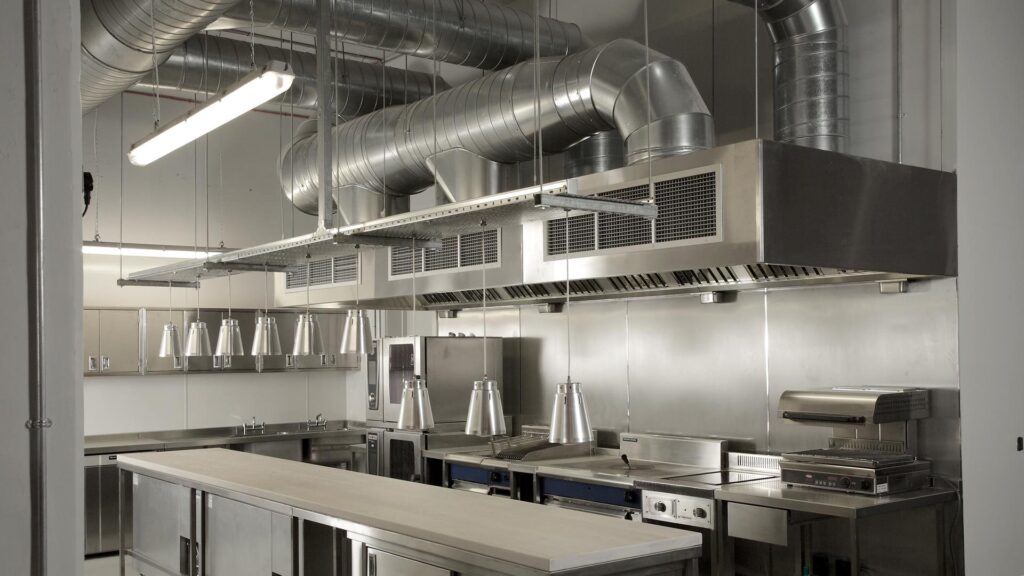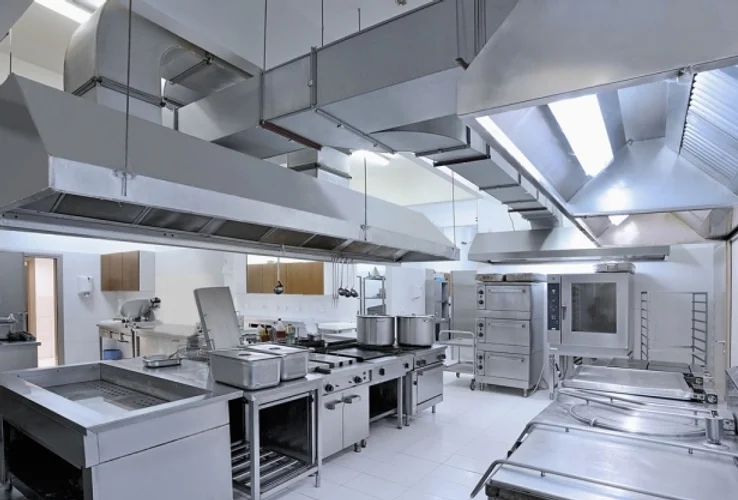A commercial kitchen design is not only about aesthetics, but it’s also about functionality. A well-designed commercial kitchen should have a layout that maximizes storage space and workflow efficiency. However, ventilation is an essential factor that should not be overlooked. Proper ventilation helps to maintain a safe and comfortable working environment for the staff, prevent fire hazards, and ensure fresh air circulates throughout the entire restaurant. Here are some tips for ensuring proper ventilation in your commercial kitchen design.
Necessary Ventilation
Necessary ventilation is crucial for maintaining a safe and healthy environment in the commercial kitchen. The exhaust hood is an essential component of the necessary ventilation system. It captures and filters all heat, fumes, smoke, and other air particulates that are not needed inside the kitchen. Wall-mounted hoods are usually a better option than overhead hoods for safety reasons. The kitchen vent hood should be attached to the top of the ovens to maximize the effectiveness of the ventilation system.

Makeup air is another essential component of necessary ventilation. Air is continuously exhausted outside of the restaurant, and makeup air compensates for the exhausted air. Without makeup air, it can cause negative effects in the restaurant building, such as poor air quality, back-venting of combustible gases, drafty or stuffy areas, and reduced energy efficiency.
Lastly, fire suppression systems must be integrated with exhaust hoods according to building codes. Fire is the number one cause of destruction in the kitchen. A fire suppression system is necessary for everyone’s safety and security.
General Ventilation
General ventilation is not as necessary as exhaust hoods, but it can still help to maintain a comfortable working environment in the commercial kitchen. Make-up air will generally come from a wide variety of sources such as a rooftop intake unit or properly screened doors and windows. Shading or shuttering kitchen windows that are exposed to full sunlight daily can help to reduce heat. Opening doors and windows in the cool of the morning or late in the evening can let in the fresh air.
If the kitchen is still too hot for everyone to handle, fans may be worth considering adding to your restaurant’s general ventilation. You may have to experiment with placement to find that sweet spot for the best circulation. Fans should be aimed away from hot food and prep areas where lighter items could scatter. Auxiliary fans must not interfere with exhaust fans, either. You could consider using a floor fan with another propped on a steady surface above, such as the top of the refrigerator.

HVAC
Integrating the critical and general ventilation system with an HVAC system is one of the best ways to ensure proper ventilation in the commercial kitchen. Central air conditioning is the best choice for the restaurant because it prevents hot, greasy air from being forced out under the hood and dispensed to the dining room. There is a 10-foot minimum to hood rule for air diffusers placed near a hood. Any cooling system in a kitchen should be handled by a professional technician.

Maximising Storage and Workflow
Proper ventilation is essential for maintaining a safe and healthy working environment in the commercial kitchen. However, maximizing storage space and workflow efficiency are also critical factors to consider.
Therefore, all commercial kitchens must have enough ventilation. Maintaining healthy air, preventing the accumulation of dangerous gases, and avoiding fires all depend on adequate ventilation in the kitchen. All required ventilation systems, including exhaust hoods, makeup air, and fire suppression systems, must be properly installed and interconnected. A comfortable and secure workplace can be maintained in part by making use of general ventilation measures including installing fans, opening windows and doors, and installing heating, ventilation, and air conditioning systems. The design and installation of a functional ventilation system in your restaurant should be entrusted to trained professionals. When you follow these guidelines, you may improve your commercial kitchen’s storage and efficiency without sacrificing cleanliness or safety.
As a commercial kitchen consultant, HPG Consulting takes pleasure in generating the most outstanding value and return on investment for every dollar spent. After working with a variety of clients, some of which had stringent financial restrictions, HPG Consulting is aware of the need to keep project costs reasonable without sacrificing the quality of materials and deliverables.